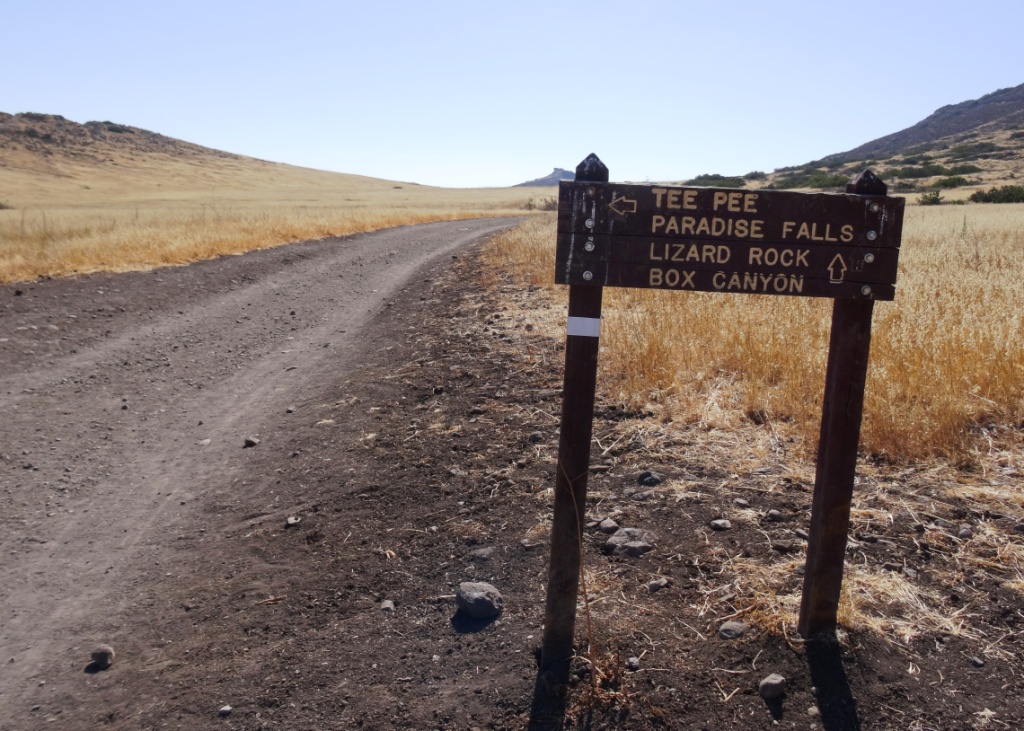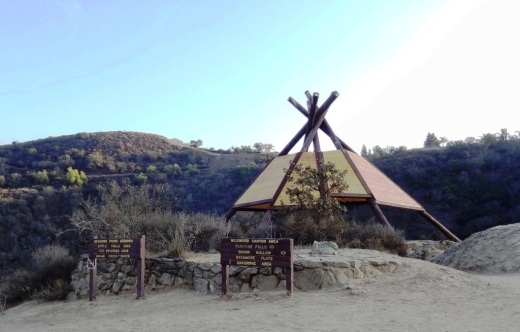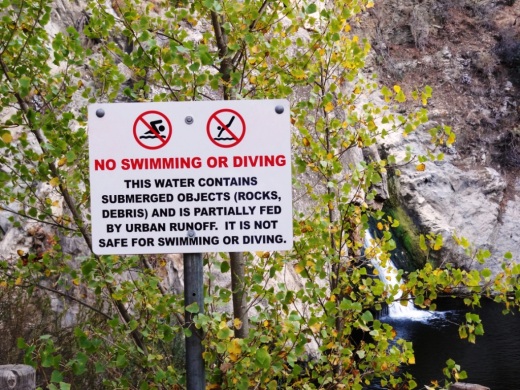Building Pacific Coast Highway Around Point Mugu in 1923-1924
/Point Mugu before and after creation of a narrow road around it in 1924.
According to the California Highway Commission in the October 1924 issue of “California Highways,” perhaps the most dangerous and difficult piece of construction work on the California state highway system at that time was the 3800 feet of grading AROUND Point Mugu.
For those driving Pacific Coast Highway in Ventura County past Mugu Rock, there are clear signs of this old route that took automobiles on a precarious route around Point Mugu.
Peaking through the fence towards the old road around Mugu Rock.
The new and still existing route was created by blasting a massive hole through Point Mugu to create Mugu Rock in 1937 to 1940.
The work to complete this section of the Oxnard to San Juan Capistrano PCH route was authorized by a bond issue in 1919.
The project averaged 60 workers who moved 108,000 cubic yards or rock at a total cost of $108,500 (heck, that would be the cost of a pool addition and new kitchen remodel today). The cut around Point Mugu ranged from 40 feet on the ocean side to 115 feet on the high side in creating the narrow, short-lived roadway.
The California Highway Commission ended its article by stating “…along this piece of rugged coast line the Old Pacific is recognized as an arch enemy to whom we must trust as little as possible of our costly highway.”




























